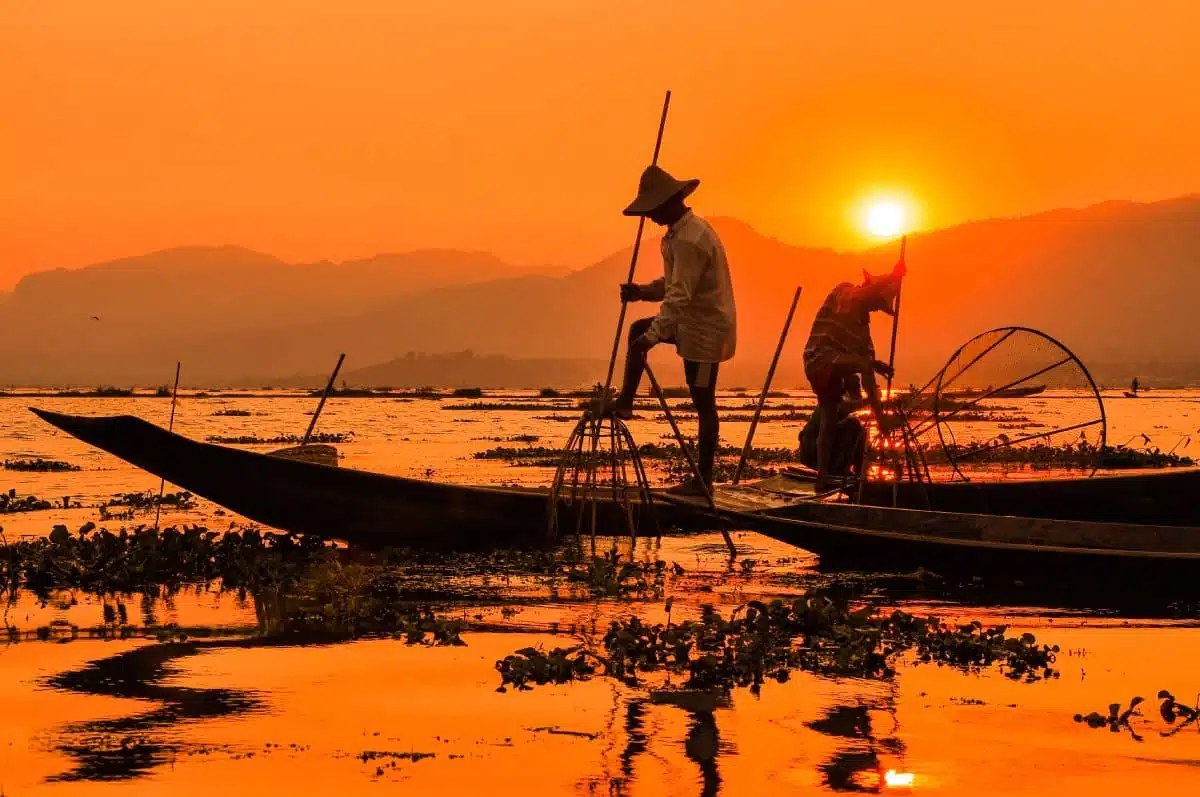The sea nomads of Southeast Asia, also known as the Bajau, Moken, and Orang Laut, among other names, have lived for centuries across the waters of Indonesia, Thailand, Malaysia, the Philippines, and Myanmar. These communities are renowned for their deep connection with the ocean, living sustainably on the sea and along its coasts in harmony with nature. Their traditional knowledge, skills, and practices offer invaluable insights into sustainable living and environmental stewardship. This guide explores the remarkable lives of sea nomad communities, highlighting their sustainable practices and the lessons they offer for living in balance with the ocean.
1. Traditional Boat Building
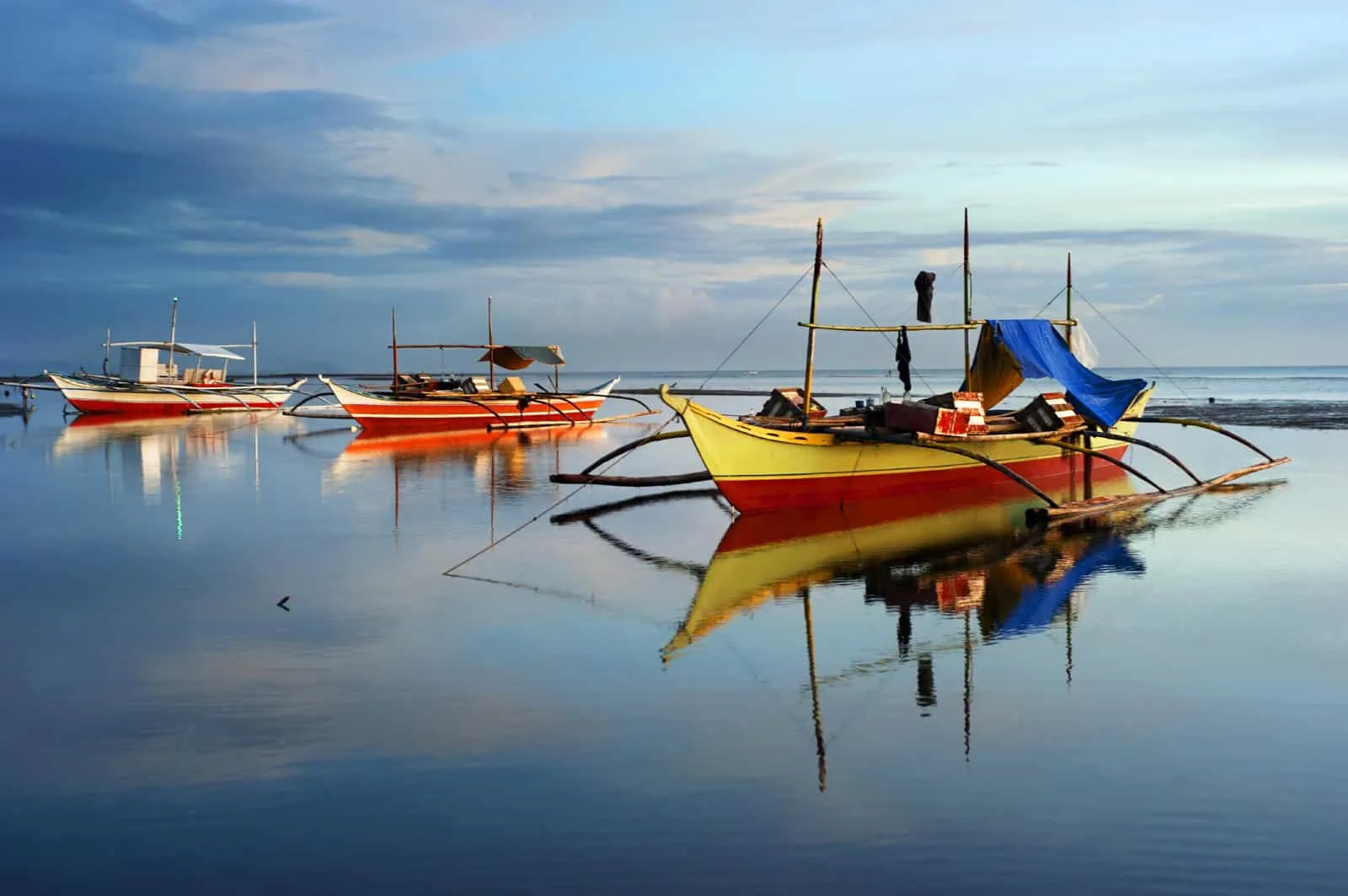
Image Credit: Shutterstock / joyfull
One of the most distinctive aspects of sea nomad culture is their traditional boat-building skills. The boats, known as lepa-lepa or bangka depending on the region, are crafted from locally sourced materials, following designs passed down through generations. These vessels are central to the sea nomads’ way of life, serving as homes, transportation, and tools for sustainable fishing practices. The construction process is a communal activity, reflecting the community’s deep connection to their environment and reliance on sustainable resources.
Insider’s Tip: Visiting a sea nomad village to witness the construction of these boats offers a unique insight into their culture. Engage with local craftsmen to learn about the materials and techniques used, which vary from one community to another.
2. Sustainable Fishing Practices
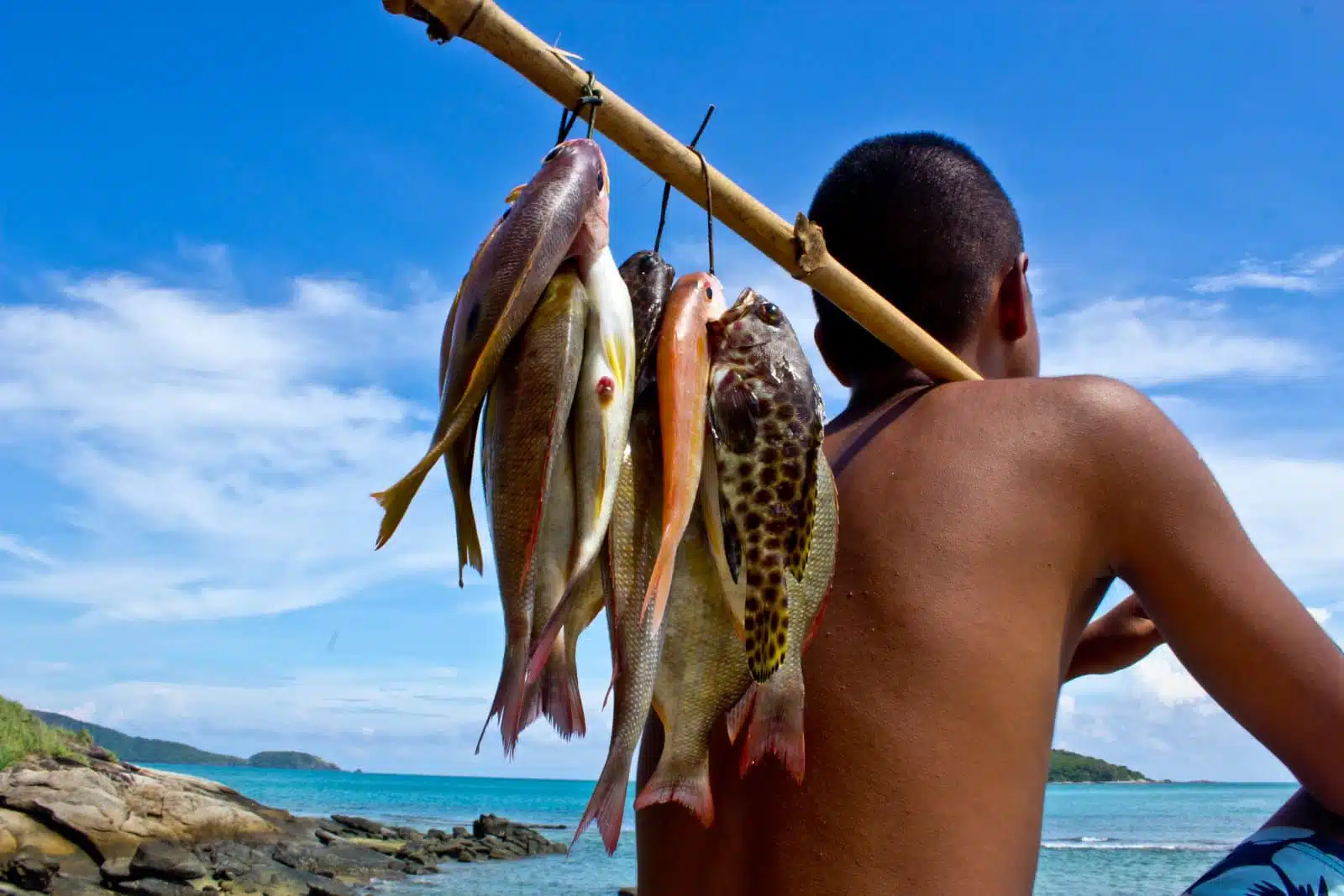
Image Credit: Shutterstock / wonderisland
Sea nomads have developed highly sustainable fishing practices that allow them to harvest marine resources without depleting them. Techniques such as spearfishing, line fishing, and the use of fish traps are designed to catch only what is needed, minimizing harm to marine ecosystems. These practices are underpinned by a profound understanding of the ocean’s cycles and the behavior of marine species, ensuring that fishing activities are in harmony with the environment.
Insider’s Tip: Participating in a fishing excursion with sea nomads can be an enlightening experience. It’s an opportunity to learn about their sustainable fishing techniques firsthand and gain insights into the marine environment from a community deeply attuned to its nuances.
3. Coral Reef Conservation
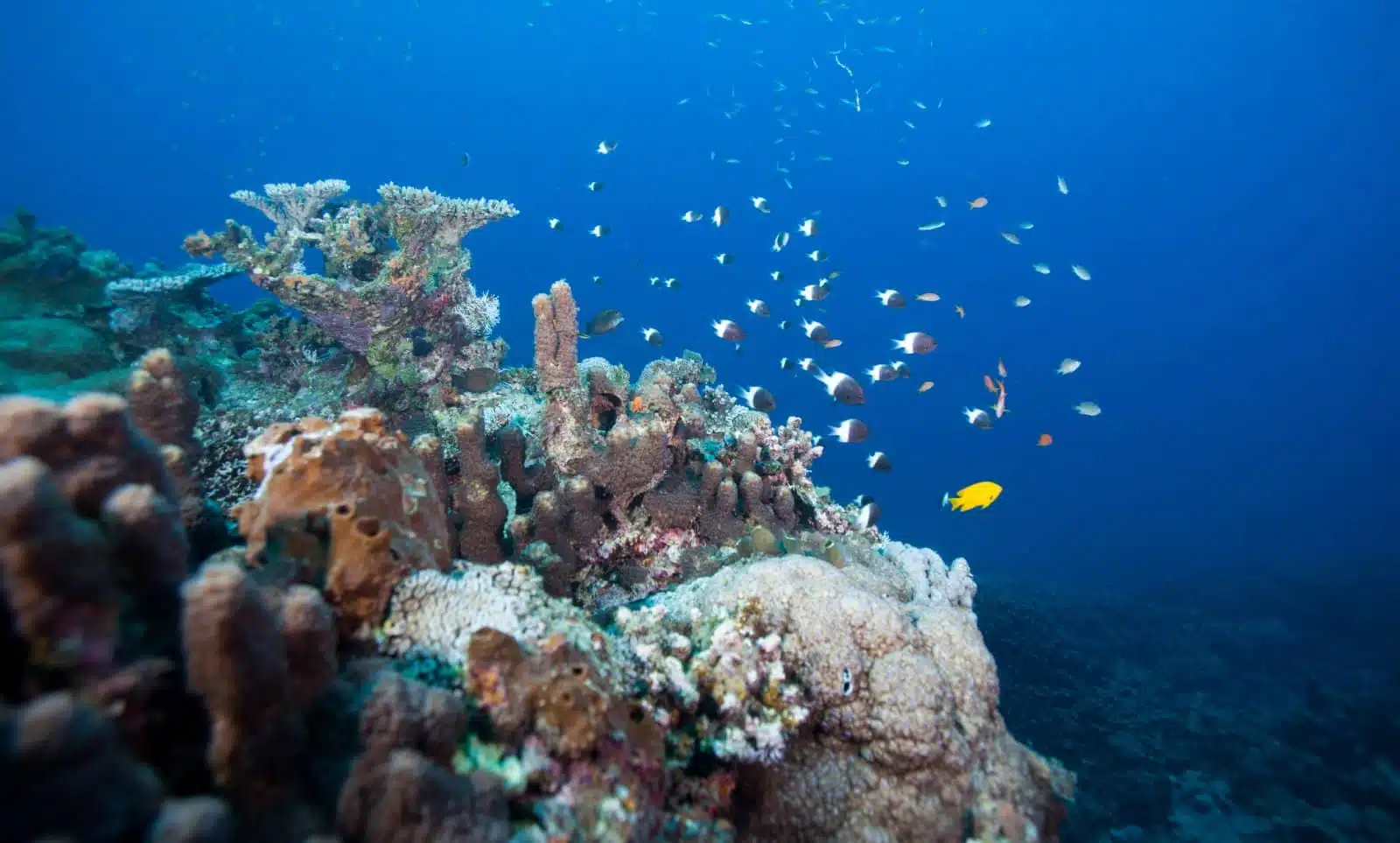
Image Credit: Shutterstock / Aqua Images
Sea nomads play a crucial role in coral reef conservation, understanding the importance of these ecosystems for marine life and their own survival. They practice low-impact fishing techniques and actively participate in reef restoration projects, such as replanting corals and protecting endangered species. Their traditional knowledge of the seas, including identifying healthy versus damaged reef areas, is invaluable in monitoring and preserving these vital ecosystems.
Insider’s Tip: Engage with community-led conservation projects during your visit. This supports their efforts and provides a deeper understanding of the importance of coral reefs and the impact of human activities on marine environments.
4. Waterborne Lifestyles
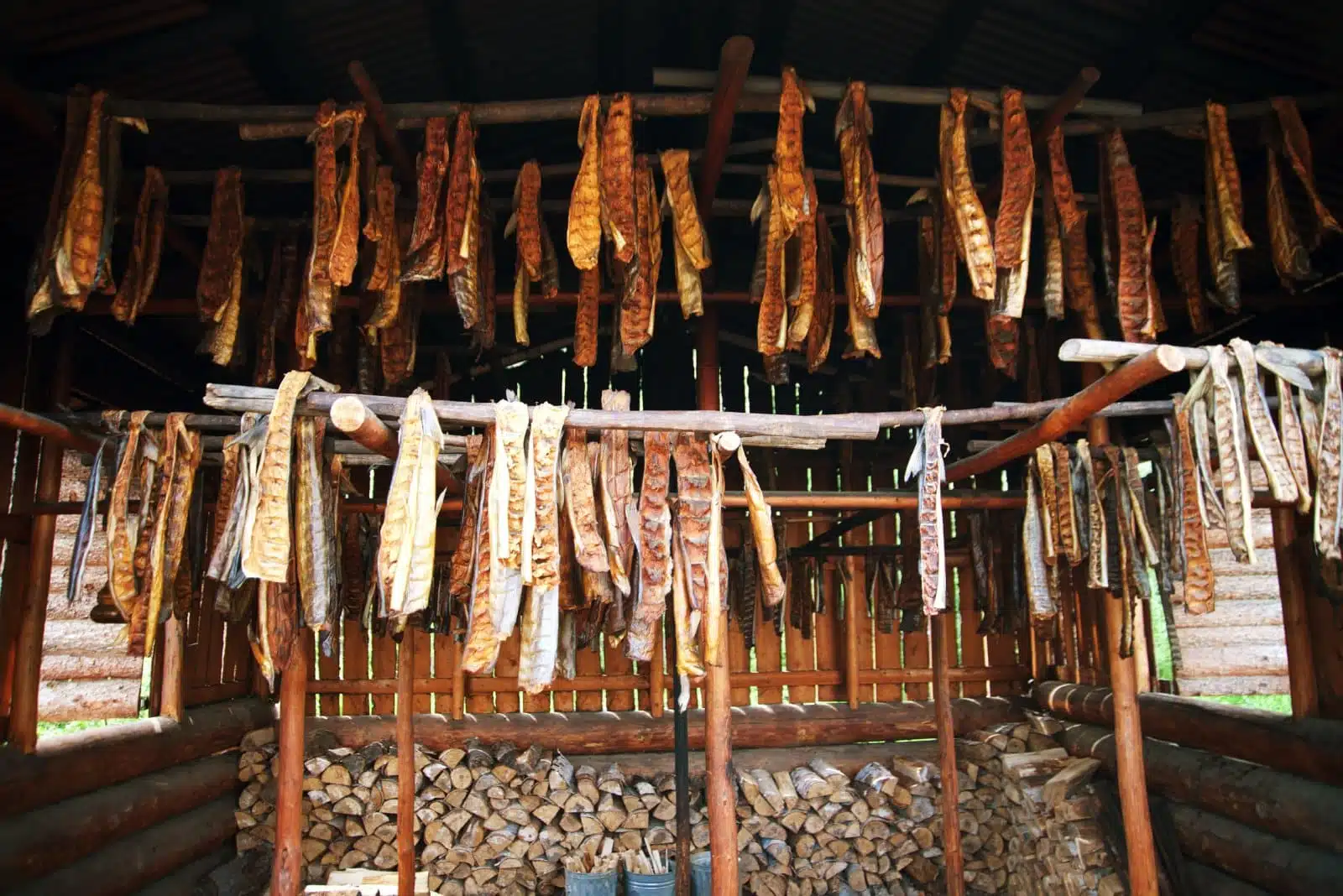
Image Credit: Shutterstock / JMP_Traveler
The waterborne lifestyle of sea nomads is characterized by their adaptation to life at sea, with communities living on boats or stilt houses built over water. This lifestyle minimizes their ecological footprint, as they utilize renewable resources and maintain a symbiotic relationship with their surroundings. Their homes are constructed from natural materials, and their daily routines are closely tied to the rhythms of the sea.
Insider’s Tip: Spending a night in a sea nomad village offers an immersive experience of their waterborne lifestyle. It’s an opportunity to observe and learn from their sustainable living practices firsthand.
5. Traditional Navigation Skills
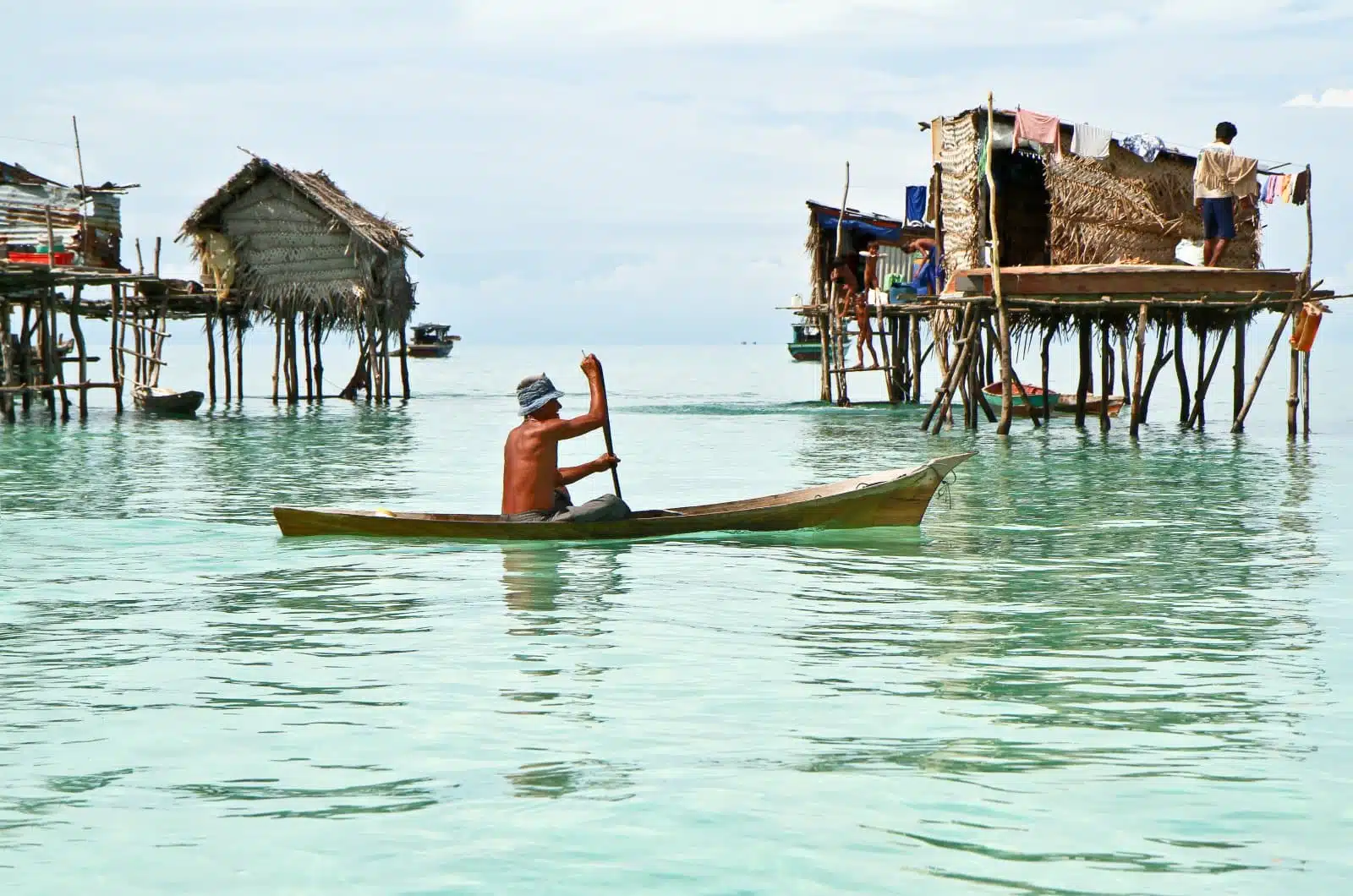
Image Credit: Shutterstock / Faiz Zaki
Sea nomads possess exceptional navigation skills, developed through generations of traversing the waters without modern instruments. They read the stars, the waves’ shape, and the wind’s direction to navigate, demonstrating a deep understanding of the natural world. These skills are a testament to their intimate connection with the ocean and their ability to live sustainably within it.
Insider’s Tip: Participate in navigation lessons or storytelling sessions to learn about traditional navigation techniques and the cultural lore associated with the sea.
6. Community-Based Resource Management
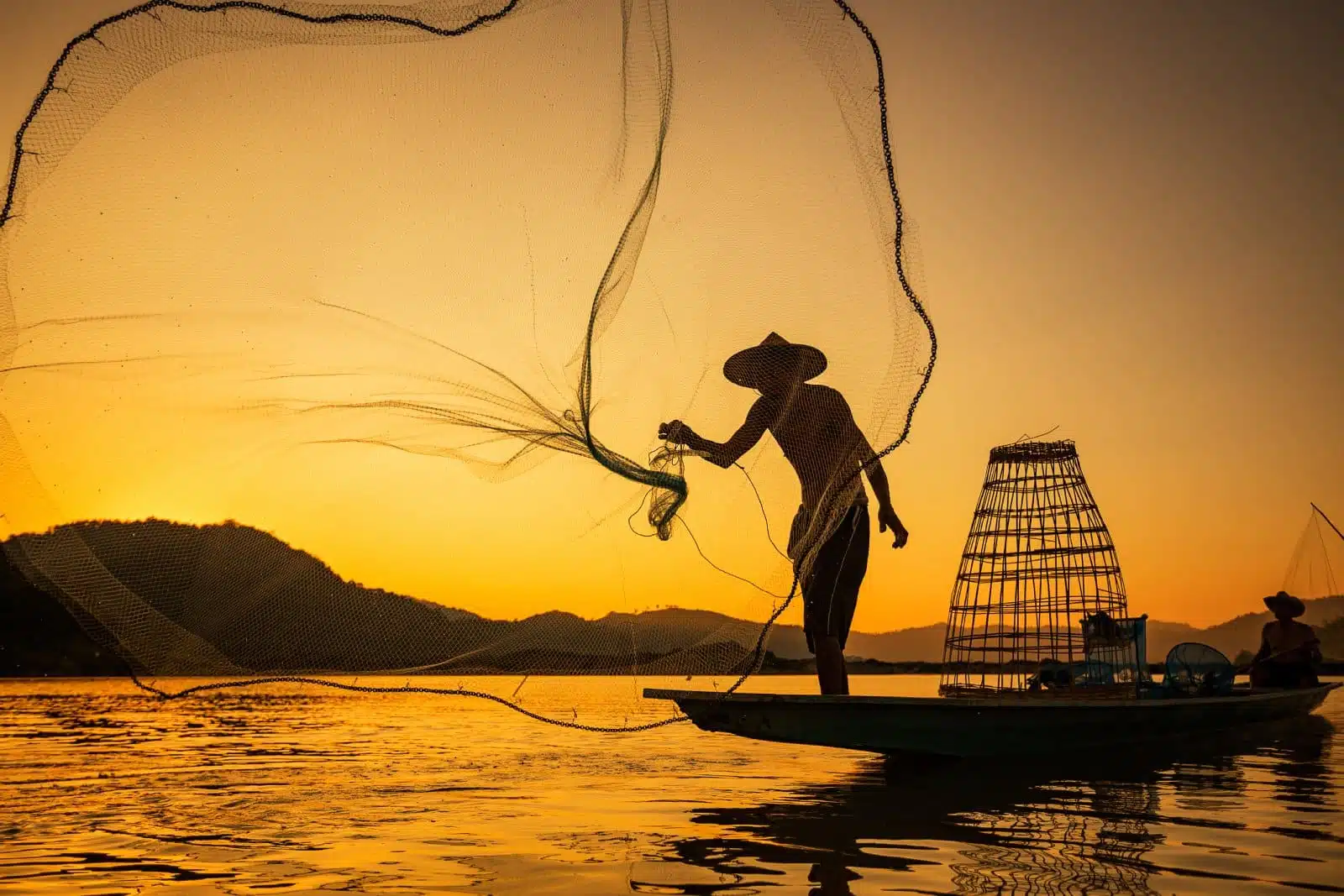
Image Credit: Shutterstock / SantiPhotoSS
Sea nomad communities have long practiced community-based resource management, setting up marine protected areas and no-take zones to ensure the sustainability of their fishing grounds. These practices are based on traditional laws and agreements, reflecting a collective commitment to conserving their marine environment for future generations.
Insider’s Tip: Engage with community leaders to understand the principles behind their resource management practices. This can provide insights into effective conservation strategies that balance human needs with environmental protection.
7. Eco-Tourism and Cultural Preservation
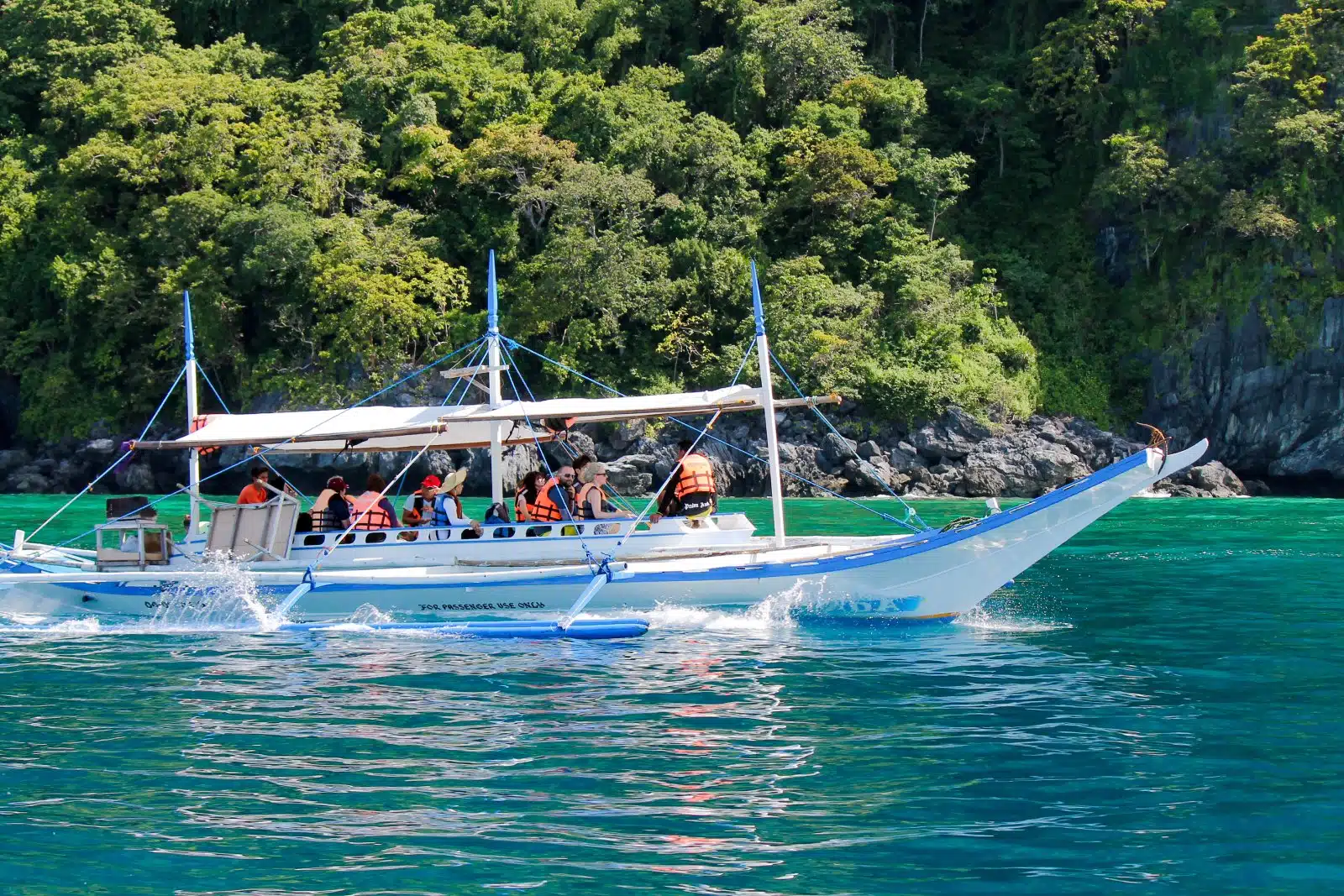
Image Credit: Shutterstock / Robin Nieuwenkamp
In recent years, some sea nomad communities have embraced eco-tourism as a way to share their culture while promoting environmental conservation. These initiatives often include cultural exchanges, conservation activities, and opportunities for visitors to learn about sustainable living practices. Eco-tourism provides an alternative source of income for these communities, supporting both their traditional way of life and conservation efforts.
Insider’s Tip: Choose eco-tourism operators that work directly with sea nomad communities, ensuring that your visit contributes positively to their livelihoods and conservation goals.
8. Traditional Medicine and Marine Biodiversity
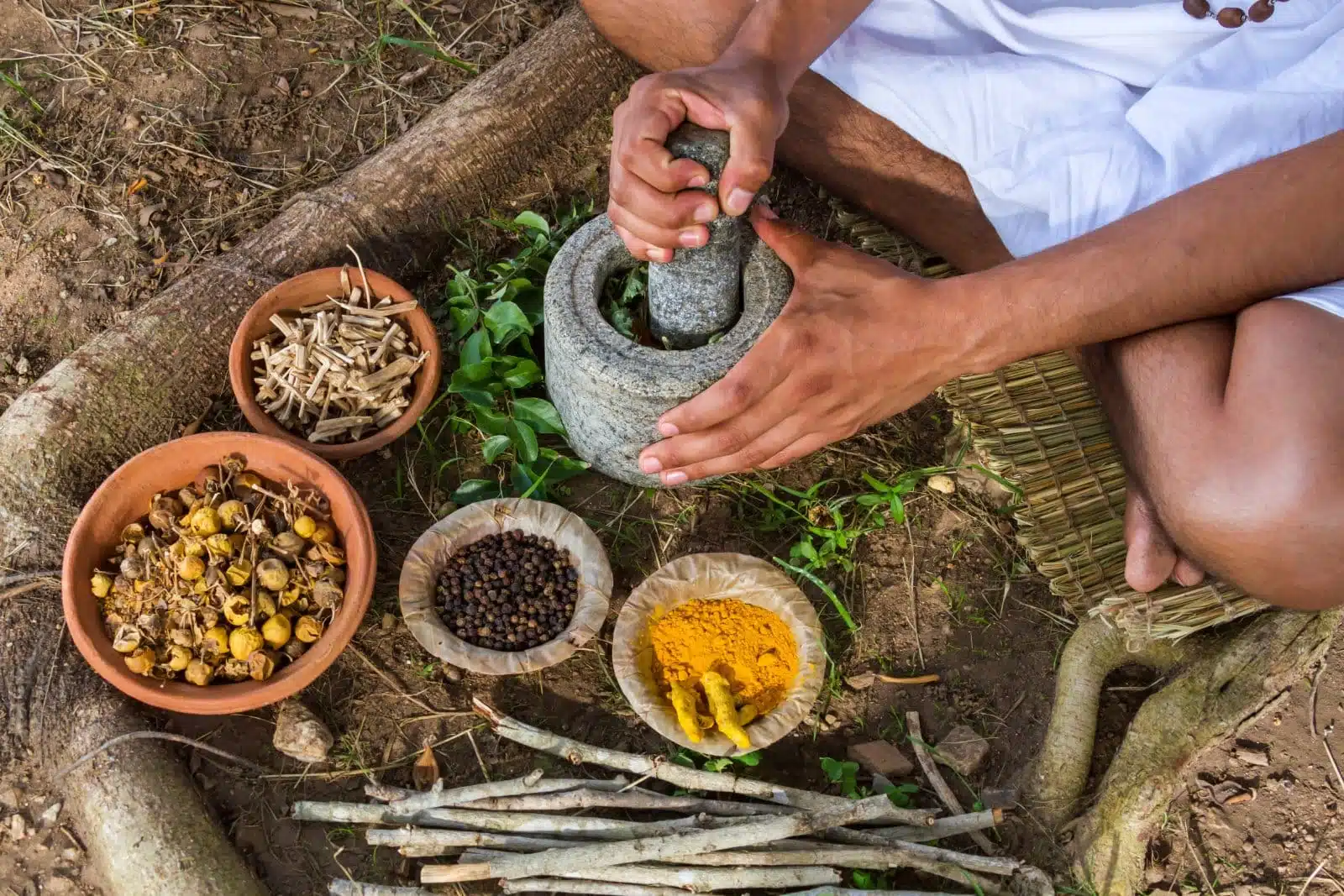
Image Credit: Shutterstock / Nila Newsom
Sea nomads have a deep knowledge of marine biodiversity, including the medicinal properties of marine organisms. They use natural remedies derived from the sea for healthcare, relying on centuries-old practices that highlight the importance of preserving marine biodiversity for health and well-being.
Insider’s Tip: Learn about traditional medicine practices from community elders. This can offer unique insights into the relationship between marine biodiversity and human health.
9. Sustainable Seafood Consumption
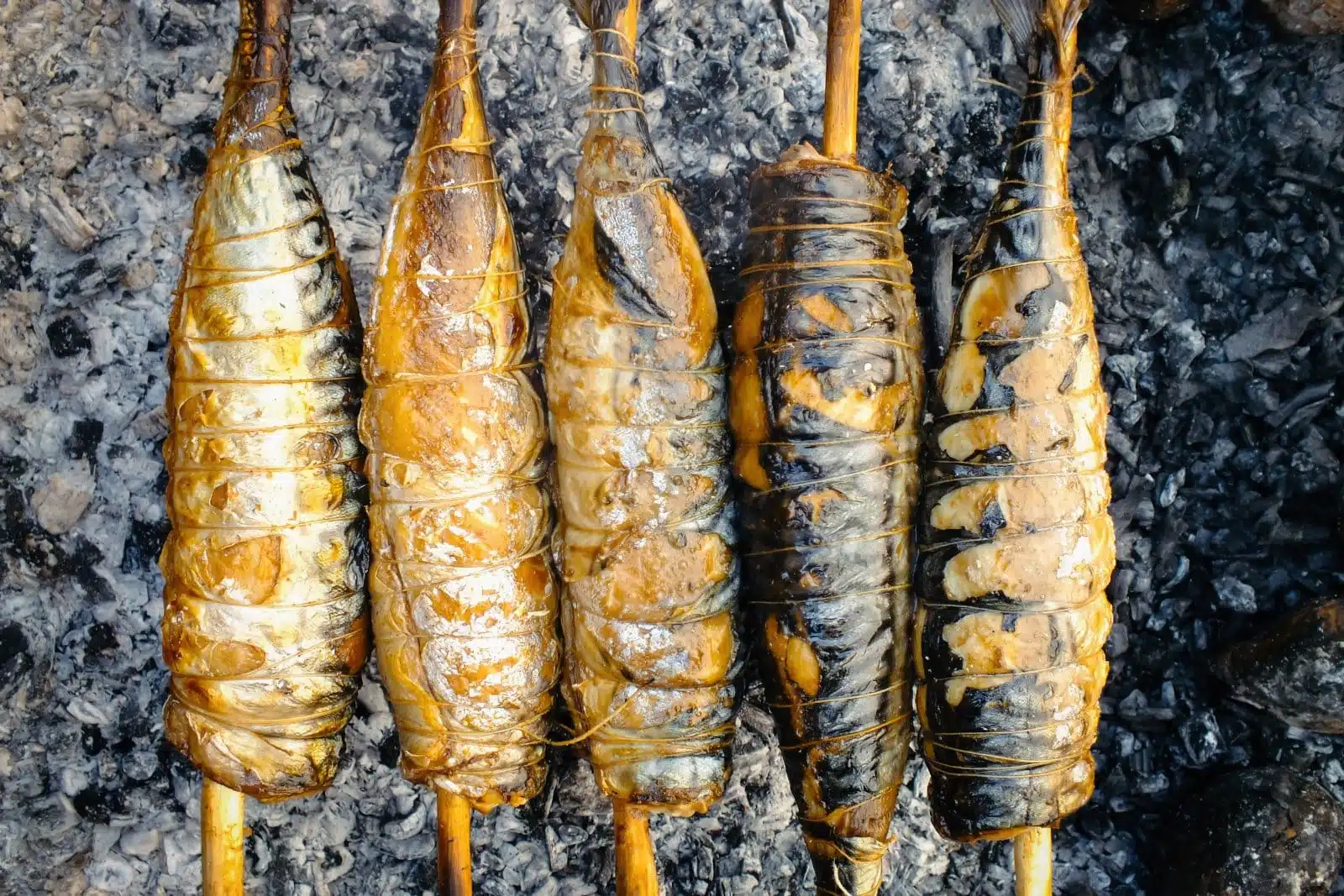
Image Credit: Shutterstock / Redeko
Sea nomads’ diets are closely linked to their sustainable fishing practices, focusing on consuming what the sea provides in a given season. This approach ensures the health of marine populations and ecosystems, reflecting a broader philosophy of taking only what is needed and giving back to the sea.
Insider’s Tip: Share a meal with sea nomad families to experience their sustainable seafood diet and learn about the seasonal availability of different species.
10. Oral Traditions and Environmental Stewardship
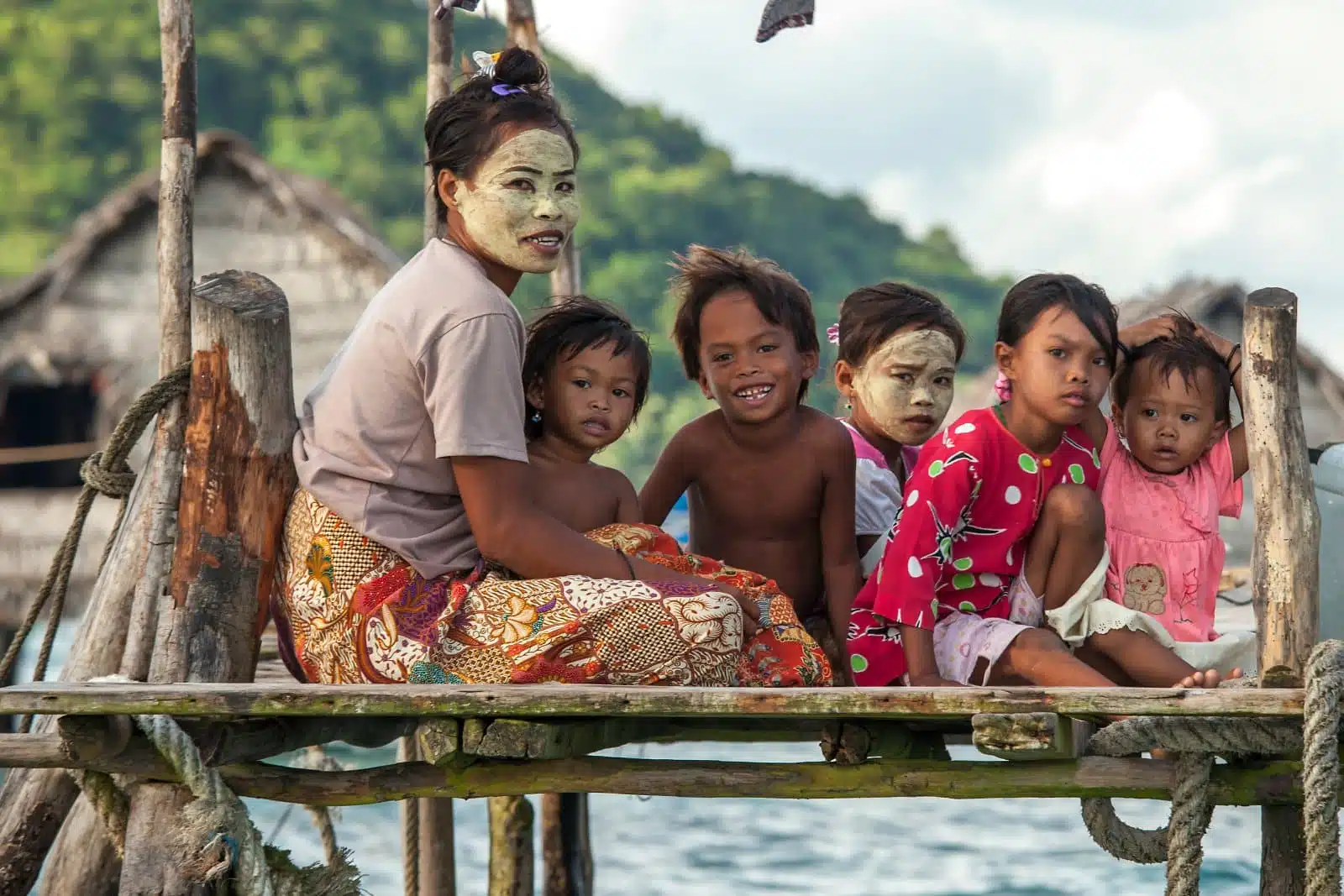
Image Credit: Shutterstock / Reggie Lee
Oral traditions, including stories, songs, and myths, play a vital role in passing down knowledge about the environment and sustainable practices among sea nomad communities. These narratives often contain lessons about respecting the sea, understanding its dangers, and living in harmony with its creatures.
Insider’s Tip: Attend storytelling sessions to hear these oral traditions firsthand. These stories entertain and educate about the sea nomads’ deep environmental stewardship.
Sea Nomad Communities
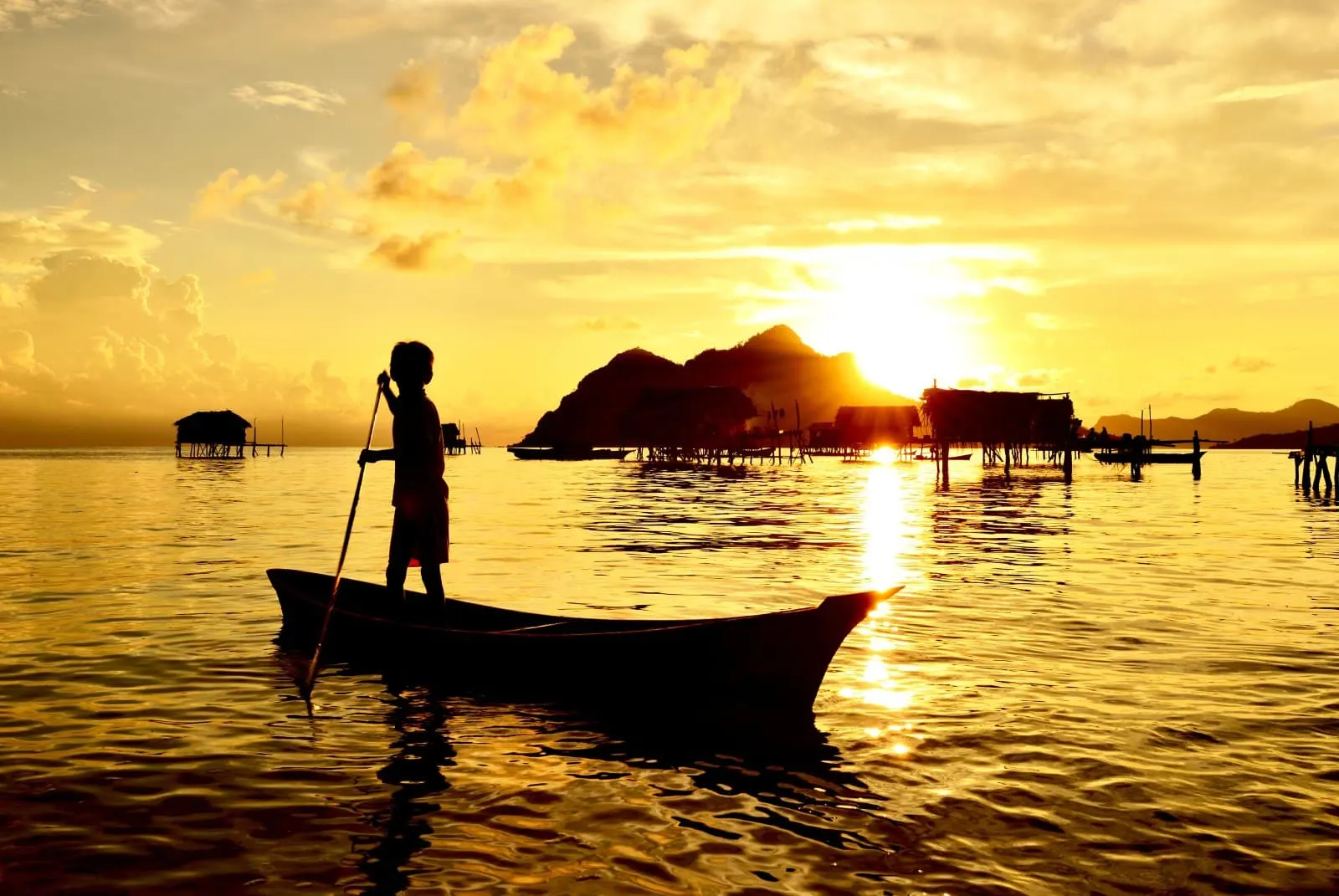
Image Credit: Shutterstock / Nokuro
Exploring the lives and cultures of sea nomads offers a unique perspective on sustainable living and deep-rooted connections with the marine environment. Here are five destinations where you can visit and learn from sea nomad communities, including the renowned Koh Panyee in Thailand.
1. Koh Panyee, Thailand
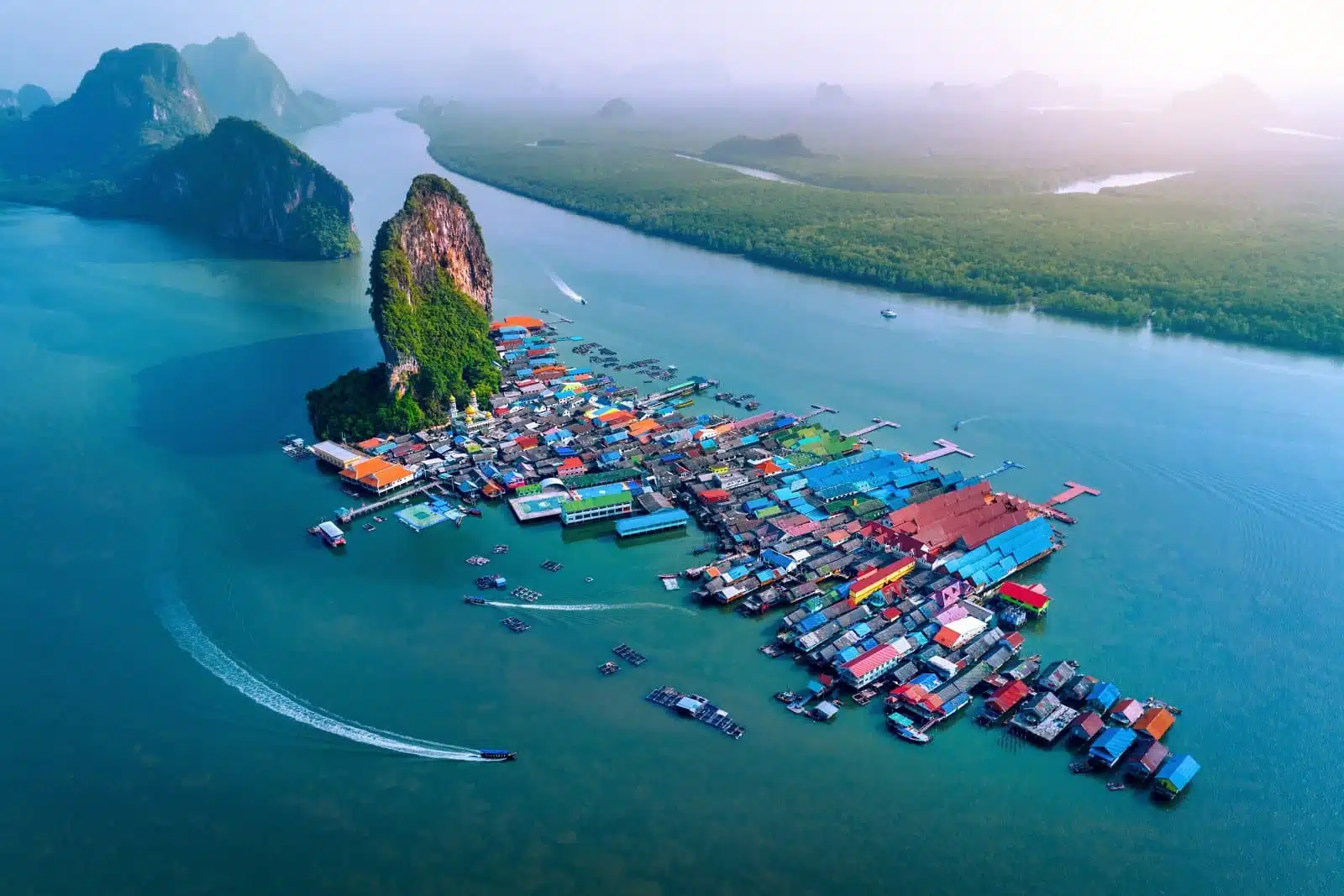
Image Credit: Shutterstock / Guitar photographer
Koh Panyee is a small fishing village in Phang Nga Bay, northeast of Phuket, Thailand, built on stilts by Indonesian fishermen over 200 years ago. The community is largely composed of descendants from the sea nomadic people, known for their intimate relationship with the sea. Visitors to Koh Panyee can explore the intricately built village over water, learn about the community’s way of life, which includes fishing, boat building, and their famous floating football pitch.
Insider’s Tip: Enjoy a meal at one of the local restaurants to taste authentic sea nomad cuisine, which is fresh and rich in flavors. Visiting early in the morning or later in the afternoon can help avoid the peak tourist times, offering a more genuine experience of village life.
2. Mabul Island, Malaysia

Image Credit: Shutterstock / nasrul hisham
Off the southeastern coast of Sabah, Malaysia, Mabul Island is known for its clear waters, coral reefs, and as a base for diving in Sipadan. The island is also home to Bajau Laut communities, where sea nomads traditionally live in houseboats or stilt houses built over the reef. Visitors can witness firsthand the Bajau Laut’s exceptional free-diving skills, traditional boat making, and sustainable fishing practices.
Insider’s Tip: Engage with local guides for a visit to a Bajau Laut village. Opting for a homestay experience can provide deeper insights into the daily lives of sea nomads and support the local economy.
3. Togean Islands, Indonesia
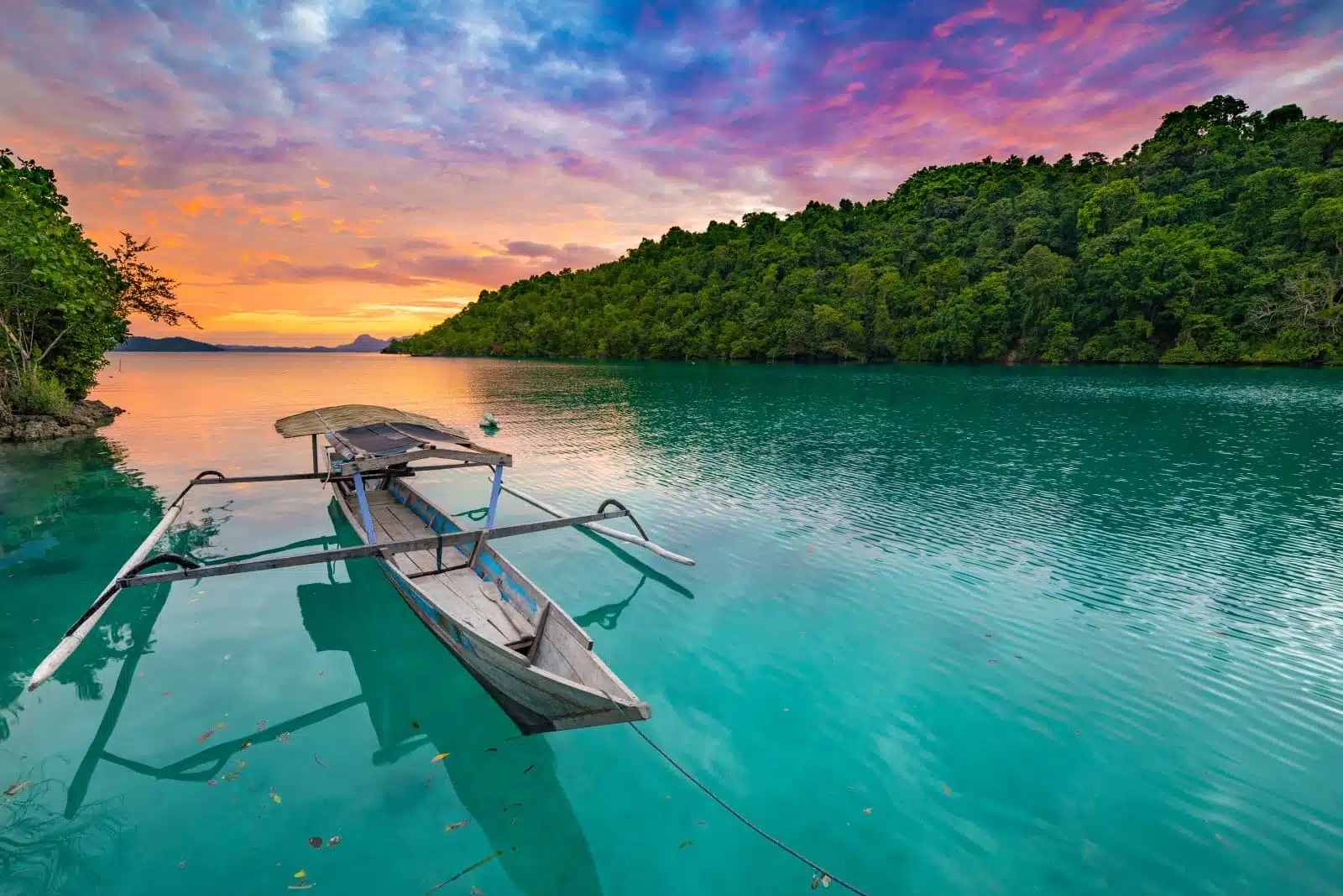
Image Credit: Shutterstock / Fabio Lamanna
The Togean Islands in Central Sulawesi, Indonesia, are a remote archipelago within the Coral Triangle, known for their pristine beaches, coral reefs, and diverse marine life. The Bajau people inhabited the islands and lived in wooden houses on stilts above the sea. The Bajau of Togean still practice traditional fishing and boat building, and their knowledge of the sea is unparalleled.
Insider’s Tip: Diving or snorkeling with local Bajau guides offers an incredible underwater experience, insights into their sustainable fishing methods, and intimate knowledge of the marine ecosystem.
4. Semporna Archipelago, Malaysia
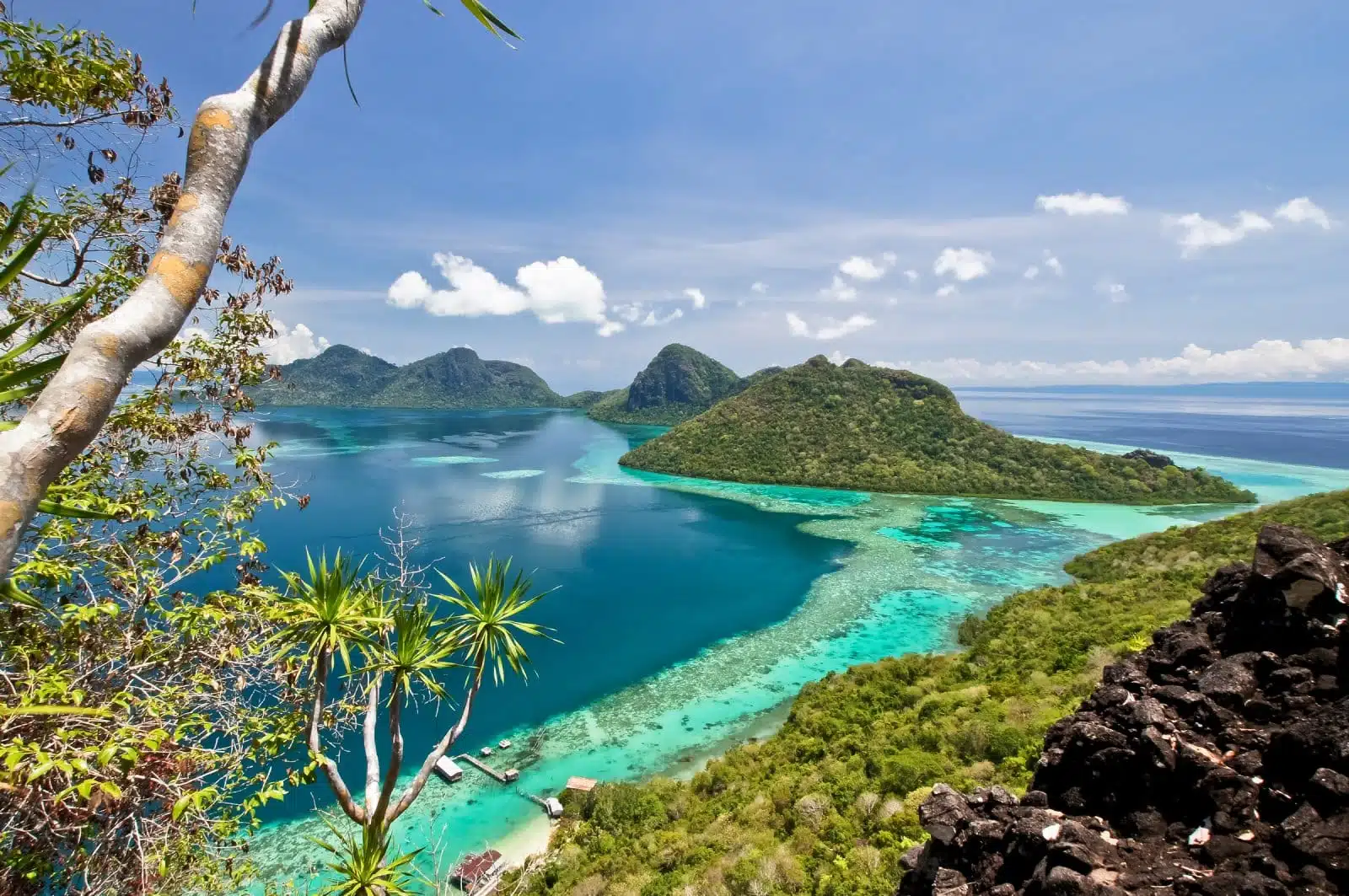
Image Credit: Shutterstock / razmanrusli
Located off the coast of Sabah, Malaysia, the Semporna Archipelago is a stunning marine paradise and home to the Bajau Laut, some of whom continue to live a nomadic lifestyle on the sea. The area offers opportunities to observe traditional sea nomad practices, including spearfishing and boat building, amidst a backdrop of turquoise waters and vibrant coral reefs.
Insider’s Tip: Participate in a cultural tour that respects the Bajau Laut’s way of life and contributes to their community. Such tours often include visits to local schools or conservation projects where tourists can learn and give back.
5. Surin Islands, Thailand
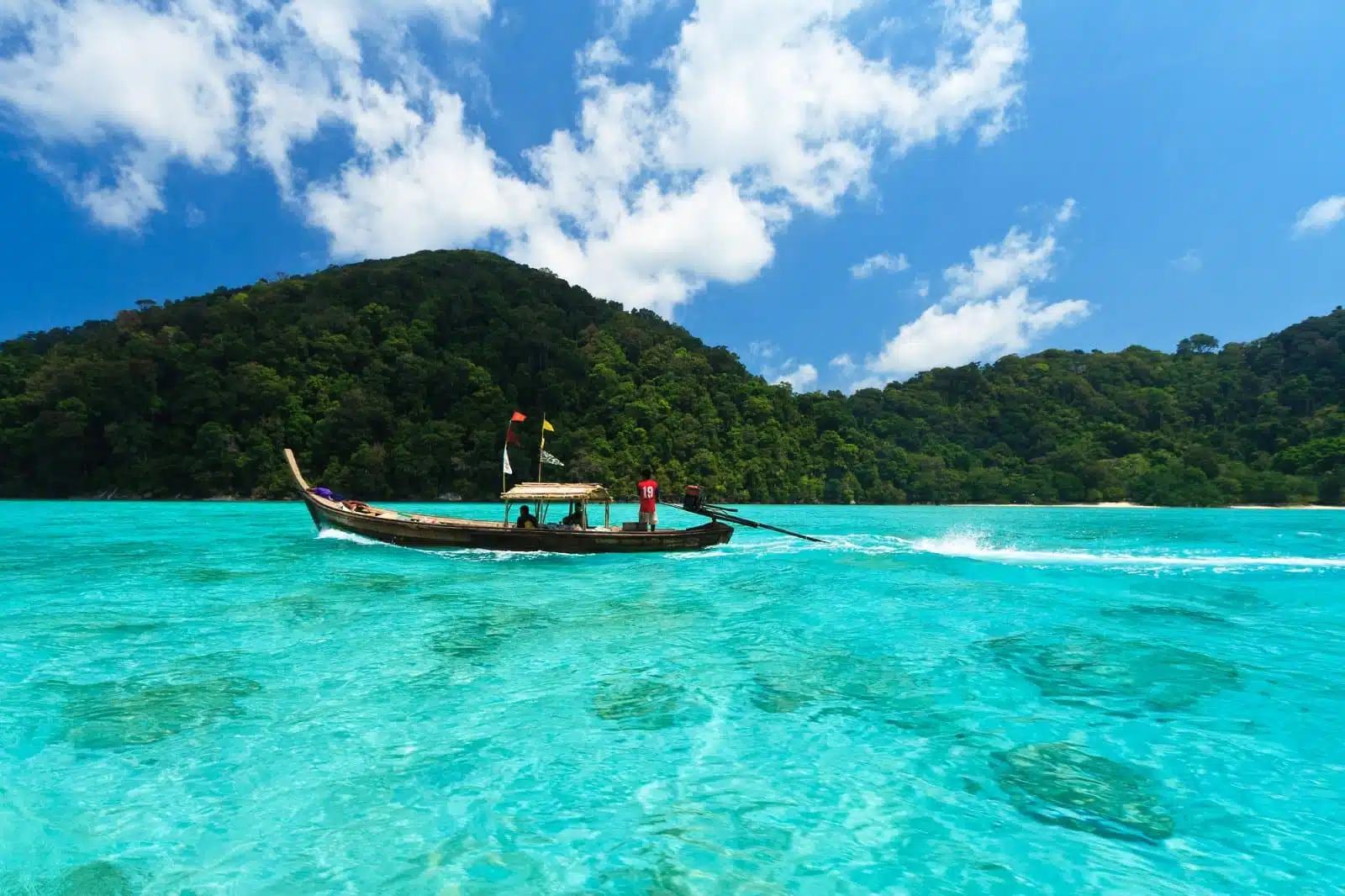
Image Credit: Shutterstock / Suwit Gamolglang
The Surin Islands, located in the Andaman Sea near the Thai-Burmese border, are part of a national park known for their rich marine biodiversity. The Moken, a group of sea nomads who have lived in the Andaman for centuries inhabited the islands. The Moken are skilled divers and fishermen with a profound understanding of the sea’s rhythms and resources.
Insider’s Tip: Visiting the Surin Islands with eco-conscious tour operators who offer educational programs about the Moken and their environment can enhance your experience. The highlights highlight opportunities to learn about Moken navigation techniques, traditional boat building, and their sustainable lifestyle.
The Bottom Line
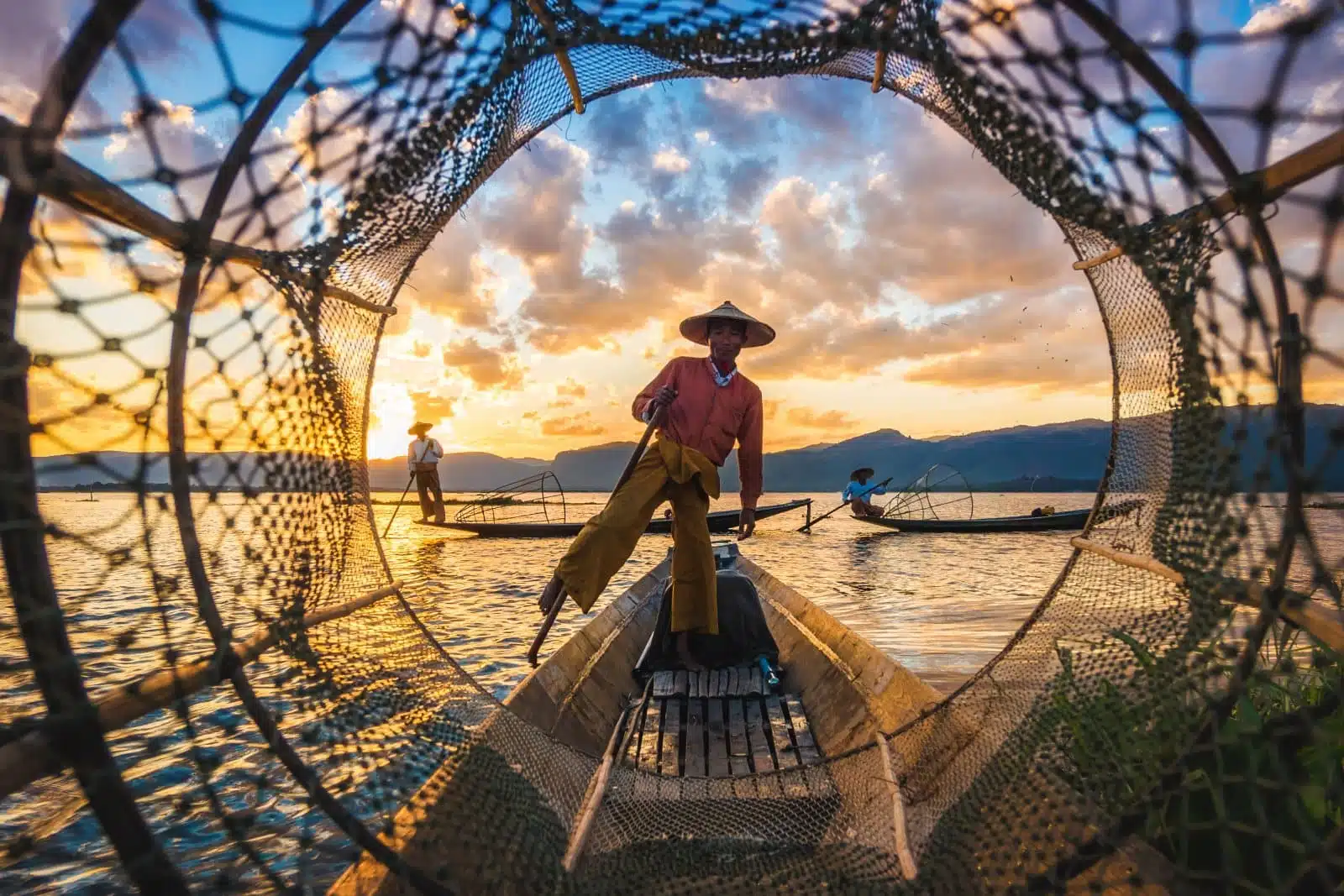
Image Credit: Shutterstock / R.M. Nunes
Exploring the lives of sea nomads offers a window into a unique way of life that is deeply intertwined with the ocean. Their sustainable practices, from traditional boat building to community-based resource management, provide valuable lessons in environmental stewardship and living in harmony with nature. By exploring the secrets of the sea nomads, you gain an appreciation for their culture and traditions and insights into sustainable living that can inform our relationship with the natural world. As you embark on this journey, remember that understanding and respecting these communities and their practices are paramount to experiencing the true essence of living sustainably on the ocean.
More From The Green Voyage
12 Best Practices for Sustainable Travel in 2024 – How to Travel With Minimal Environmental Impact
Unlocking Hotel Perks – A Traveler’s Guide to Maximizing Hotel Reward Programs for Optimal Benefits
Travel Hacks for Frequent Flyers – 6 Tips and Tricks to Make the Best of Air Travel
The post Secrets of the Sea Nomads – Living Sustainably on the Ocean first appeared on The Green Voyage.
Featured Image Credit: Shutterstock / Hang Dinh.
For transparency, this content was partly developed with AI assistance and carefully curated by an experienced editor to be informative and ensure accuracy.
Tips for Trip Success
Book Your Flight
Find an inexpensive flight by using Kayak, a favorite of ours because it regularly returns less expensive flight options from a variety of airlines.
Book Your Hotel or Special Accommodation
We are big fans of Booking.com. We like their review system and photos. If we want to see more reviews and additional booking options, we go to Expedia.
You Need Travel Insurance!
Good travel insurance means having total peace of mind. Travel insurance protects you when your medical insurance often will not and better than what you get from your credit card. It will provide comprehensive coverage should you need medical treatment or return to the United States, compensation for trip interruption, baggage loss, and other situations.Find the Perfect Insurance Plan for Your Trip
